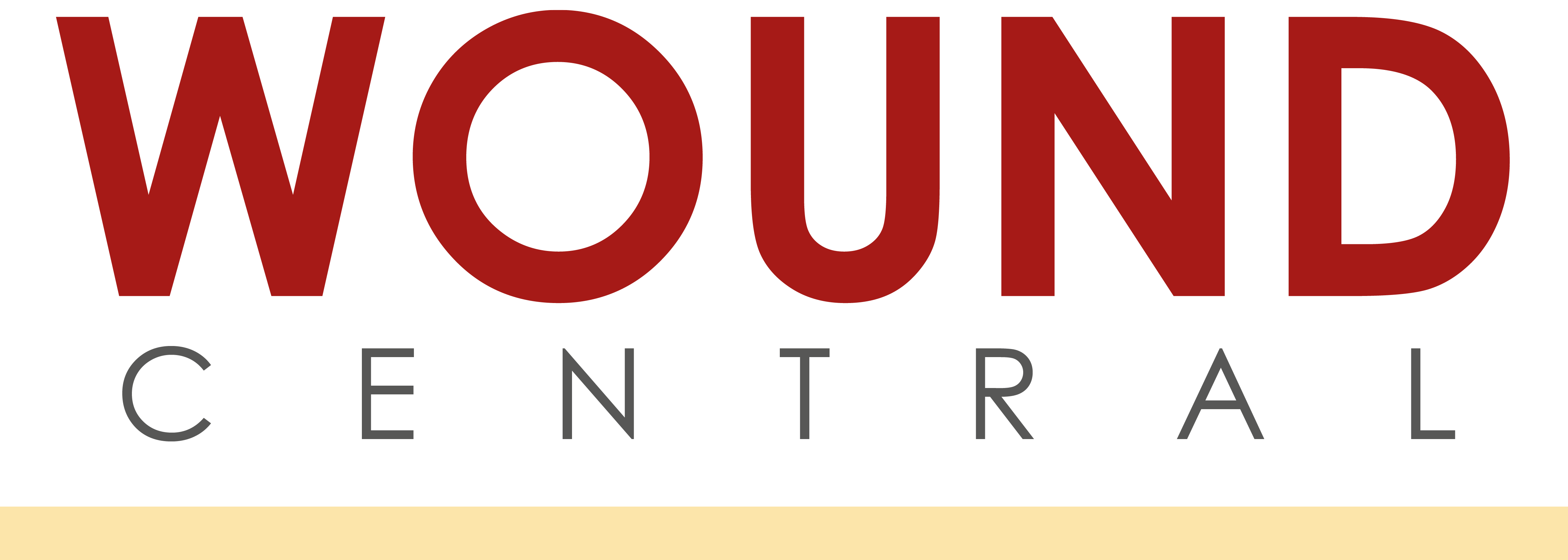References
Measurement of ph, exudate composition and temperature in wound healing: a systematic review

Abstract
Objective:
To assess the potential of measurements of pH, exudate composition and temperature in wounds to predict healing outcomes, and to identify the methods that are employed to measure them.
Method:
A systematic review based on the outcomes of a search strategy of quantitative primary research published in the English language was conducted. Inclusion criteria limited studies to those involving in vivo and human participants with an existing or intentionally provoked wound, defined as ‘a break in the epithelial integrity of the skin’, and excluded in vitro and animal studies. Data synthesis and analysis was performed using structured narrative summaries of each included study arranged by concept, pH, exudate composition and temperature. The Evidence Based Literature (EBL) Critical Appraisal Checklist was implemented to appraise the quality of the included studies.
Results:
A total of 23 studies, three for pH (mean quality score 54.48%), 12 for exudate composition (mean quality score 46.54%) and eight for temperature (mean quality score 36.66%), were assessed as eligible for inclusion in this review. Findings suggest that reduced pH levels in wounds, from alkaline towards acidic, are associated with improvements in wound condition. Metalloproteinase-9 (MMP-9), matrix metalloproteinase-2 (MMP-2), tissue inhibitor of metalloproteinase (TIMP), neutrophil elastase (NE) and albumin, in descending order, were the most frequently measured analytes in wounds. MMP-9 emerged as the analyte which offers the most potential as a biomarker of wound healing, with elevated levels observed in acute or non-healing wounds and decreasing levels in wounds progressing in healing. Combined measures of different exudate components, such as MMP/TIMP ratios, also appeared to offer substantial potential to indicate wound healing. Finally, temperature measurements are highest in non-healing, worsening or acute wounds and decrease as wounds progress towards healing. Methods used to measure pH, exudate composition and temperature varied greatly and, despite noting some similarities, the studies often yielded significantly contrasting results. Furthermore, a limitation to the generalisability of the findings was the overall quality scores of the research studies, which appeared suboptimal.
Conclusion:
Despite some promising findings, there was insufficient evidence to confidently recommend the use of any of these measures as predictors of wound healing. pH measurement appeared as the most practical method for use in clinical practice to indicate wound healing outcomes. Further research is required to increase the strength of evidence and develop a greater understanding of wound healing dynamics.
Wound measurement can assist in determining treatment plans1 and in comparing and analysing treatment outcomes,2 while continuous wound measurement can signal wound healing ability3 and thus facilitate earlier provision of more appropriate interventions in wounds that require more aggressive treatments, referral to specialist services or those that require a palliative approach.1 Predicting wound healing is especially important in the present healthcare environment in which cost containment has become a major concern.4,5 In general, measurement can be described as the allocation of numerical values to observations with the aim of quantifying phenomena.6 In healthcare, as many of these are abstract concepts, for example, quality of life and patient concordance, measurement requires the operationalisation of defined variables, as well as the development and application of instruments to quantify these variables.6 For example, the efficacy of wound treatment could be operationalised as the rate of wound healing, and the implemented measurement method could record the changes in wound size during a study period. Measurement of outcomes is of key interest in healthcare research where changes are the result of interventions. In addition to assessing the quality of the research supporting this data, evaluating the reliability and validity of measurement methods is of central importance to ensure the accuracy of the findings.6
Register now to continue reading
Thank you for visiting Wound Central and reading some of our peer-reviewed resources for wound care professionals. To read more, please register today. You’ll enjoy the following great benefits:
What's included
-
Access to clinical or professional articles
-
New content and clinical updates each month

